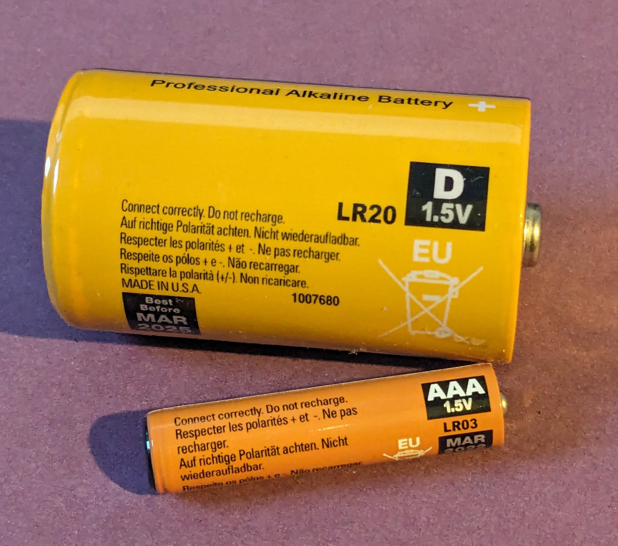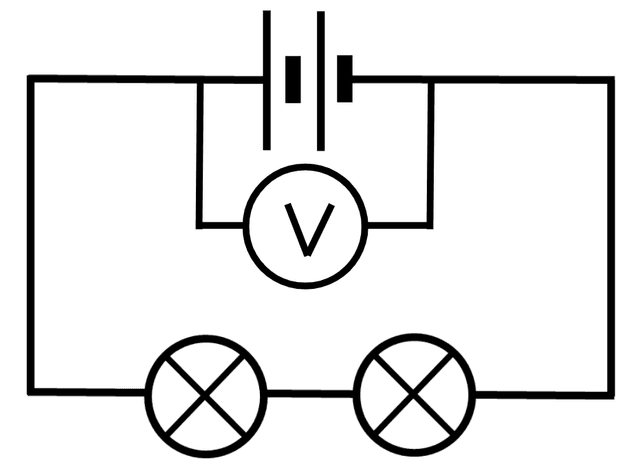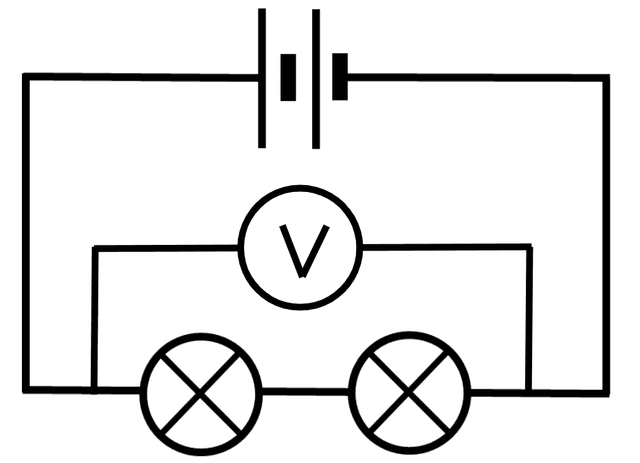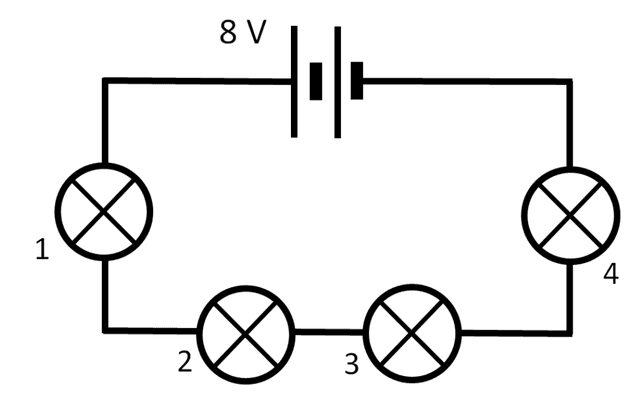Myths about teaching can hold you back
- Year 8
- Year 8
Changing voltage
I can describe and apply the rules for voltage in a series circuit.
These resources will be removed by end of Summer Term 2025.
Switch to our new teaching resources now - designed by teachers and leading subject experts, and tested in classrooms.
These resources were created for remote use during the pandemic and are not designed for classroom teaching.
Lesson details
Key learning points
- The voltage of a battery measures the strength with which it can ‘push’ current around a circuit.
- The voltage of a component in an electric circuit measures the size of ‘push’ that is moving current through it.
- The voltage across each component in an electric circuit adds up to the voltage of the cell or battery.
- A battery can be made of several electrical cells added together.
- The voltage of a battery made of electrical cells added in series is equal to the voltages of the cells added together.
Keywords
Voltage - Voltage is a measure of the 'push' from a cell or battery that moves charge around a circuit.
Volts (V) - A voltmeter measures the voltage (or potential difference) in units called volts (V).
Battery - Two or more cells connected in series form a battery.
Electrical cell - An electrical cell is a component that uses a chemical reaction to make electric charge flow around a circuit.
Common misconception
Pupils may confuse voltage and current, thinking voltage is part of the current, and struggle to apply their understanding to unfamiliar situations.
Encourage pupils to think of voltage as an ‘electric push’ and current as the flow of electric charge. Have them consider how current flows through a bulb and its effects, with voltage pushing the current and current being the movement of charge.
To help you plan your year 8 science lesson on: Changing voltage, download all teaching resources for free and adapt to suit your pupils' needs...
To help you plan your year 8 science lesson on: Changing voltage, download all teaching resources for free and adapt to suit your pupils' needs.
The starter quiz will activate and check your pupils' prior knowledge, with versions available both with and without answers in PDF format.
We use learning cycles to break down learning into key concepts or ideas linked to the learning outcome. Each learning cycle features explanations with checks for understanding and practice tasks with feedback. All of this is found in our slide decks, ready for you to download and edit. The practice tasks are also available as printable worksheets and some lessons have additional materials with extra material you might need for teaching the lesson.
The assessment exit quiz will test your pupils' understanding of the key learning points.
Our video is a tool for planning, showing how other teachers might teach the lesson, offering helpful tips, modelled explanations and inspiration for your own delivery in the classroom. Plus, you can set it as homework or revision for pupils and keep their learning on track by sharing an online pupil version of this lesson.
Explore more key stage 3 science lessons from the Series circuits unit, dive into the full secondary science curriculum, or learn more about lesson planning.

Equipment
Content guidance
- Risk assessment required - equipment
Supervision
Adult supervision required
Licence
Prior knowledge starter quiz
6 Questions
Q1.Match the following components to their function.
measures voltage across a component
measures current through a component
opposes the flow of current around a circuit
allows current to flow around a circuit
Q2.Which of the following is the voltage of each the cells shown?

Q3.Which of the following is the voltage of the domestic mains electricity supply in the UK?
Q4.Two different cells can be used to light a bulb. The cells have the same voltage, but one is larger than the other.
Which two of the following statements are correct?
Q5.Which of the following components does the circuit symbol shown represent?

Q6.A voltmeter must be placed into a circuit in order to measure the voltage of a component.
Which of the following statements is correct?
Assessment exit quiz
6 Questions
Q1.A 1.5 V cell is connected to a 6 V bulb in a series circuit.
Which of the following statements about the circuit is correct?
Q2.A battery is connected to four identical bulbs in a series circuit.
Which of the following statements about the circuit is correct?
Q3.The battery shown is made from three, identical 1.5 V cells that are aligned correctly.
Which of the following is the total voltage supplied by the battery?

Q4.The battery in the circuit shown is made from two, identical 3.0 V lithium ion cells.
Which of the following is the reading that would be displayed on the voltmeter?

Q5.The battery in the circuit shown is made from two, identical 1.5 V cells.
Which of the following is the reading that would be displayed on the voltmeter?

Q6.The bulbs in all of the lamps in the circuit shown are identical.
Which of the following is the correct voltage across the bulb in lamp 1?



